In professional oral care devices, pH imbalance and biofilm regrowth are two persistent yet often underestimated challenges. Manufacturers typically address these issues separately. However, mounting evidence suggests that these two phenomena may form a vicious cycle — where improper pH control fosters biofilm regrowth, which in turn further destabilizes pH levels. Could this cyclical problem be undermining device hygiene and patient outcomes? This article explores the mechanisms and solutions.
pH imbalance refers to deviations from the optimal pH range (typically between 5.5 and 7.0) within device fluid systems. In oral irrigators, whitening applicators, or water flossers, pH instability can result from:
When fluids remain too acidic or alkaline, they not only irritate tissues but also disrupt normal biofilm control mechanisms.
Biofilm regrowth occurs when bacterial communities re-establish themselves on internal surfaces of oral care devices after incomplete cleaning. Factors promoting regrowth include:
Biofilms not only compromise device hygiene but also become reservoirs for pathogens, posing infection risks. Company web:https://www.powsmart.com/product/electric-toothbrush/
The connection between pH imbalance and biofilm regrowth is often overlooked:
Thus, pH shifts and biofilm expansion perpetuate each other, locking devices into a self-sustaining contamination loop.
Several design and production oversights exacerbate this vicious cycle:
These factors collectively promote both chemical instability and microbial regrowth.
Manufacturers aiming to break the cycle must address both root causes simultaneously:
Together, these strategies prevent conditions that allow either biofilm regrowth or pH imbalance to dominate.
For B2B customers, eliminating this vicious cycle delivers tangible advantages:
Solving this hidden systemic flaw enhances both functional reliability and market reputation.
Is there a vicious cycle between pH imbalance and biofilm regrowth? Absolutely. For oral care device manufacturers, recognizing and breaking this cycle through material selection, structural optimization, and integrated chemical management is essential to ensuring product safety and hygiene. Contact us
.jpg)
.jpg)

Does Texas Tax-Free Weekend Benefit Electric Toothbrush Buyers?
Charger Mismatch Causing Battery Incompatibility?
Orlando Travel Toothbrush – Powsmart Travel Design with USB-C Charging

Clean & Maintenance Tips for Your Sonic Electric Toothbrush
Waterproof Performance vs. Temperature Sensitivity?
.jpg)
Where to Repair Electric Toothbrushes in Downtown Chicago?
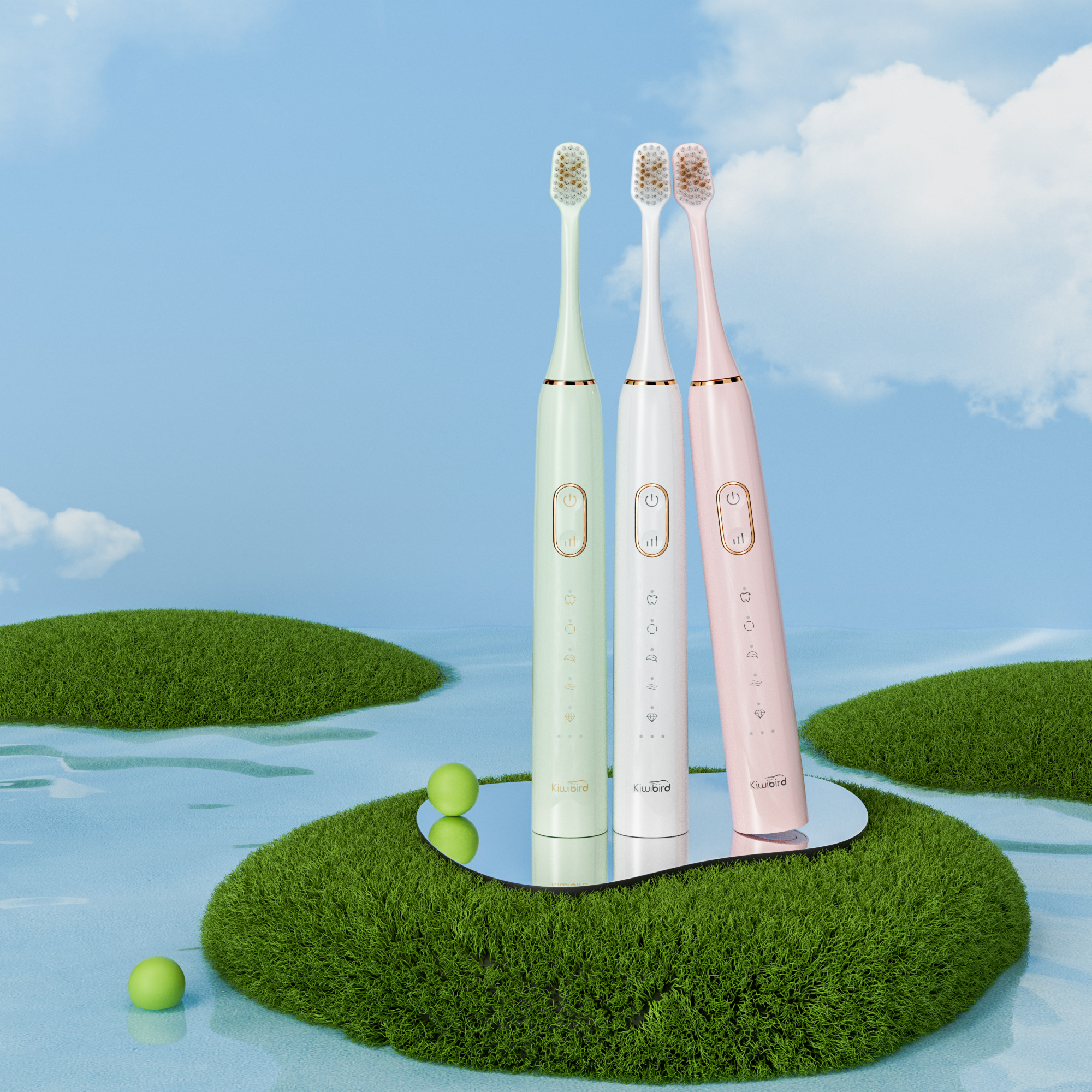
Does Clinical Gum Mode Really Work?

Knowledge of Surface Treatment of Electric Toothbrush Handle Shell
Thanksgiving Employee Gift Sets Electric Toothbrush Seattle | Supplier
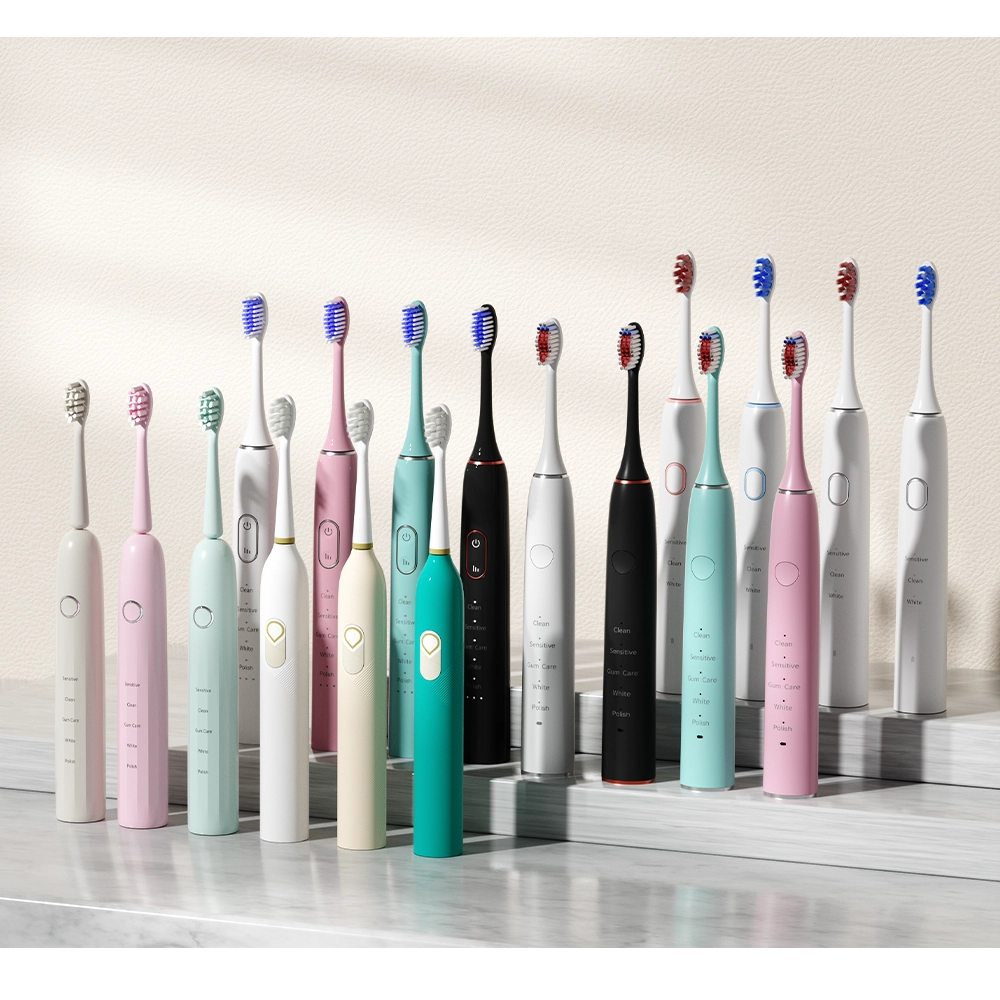
The relationship between oral health and overall health

Customizable Electric Toothbrushes: Meeting Diverse Consumer Needs

How Big Is the Teeth Whitening Market? Capitalize with LED Whitening Kit OEM
Fourth of July Red Blue Electric Toothbrush
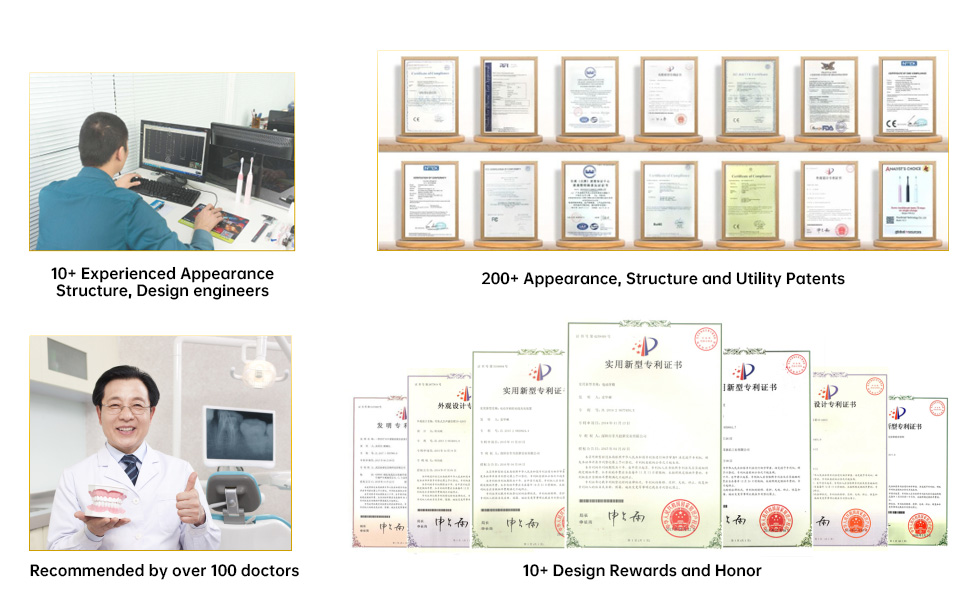
Why Is the Anti-Swallow Structure in Powsmart Toddler Toothbrush Design Pediatrician-Recommended?
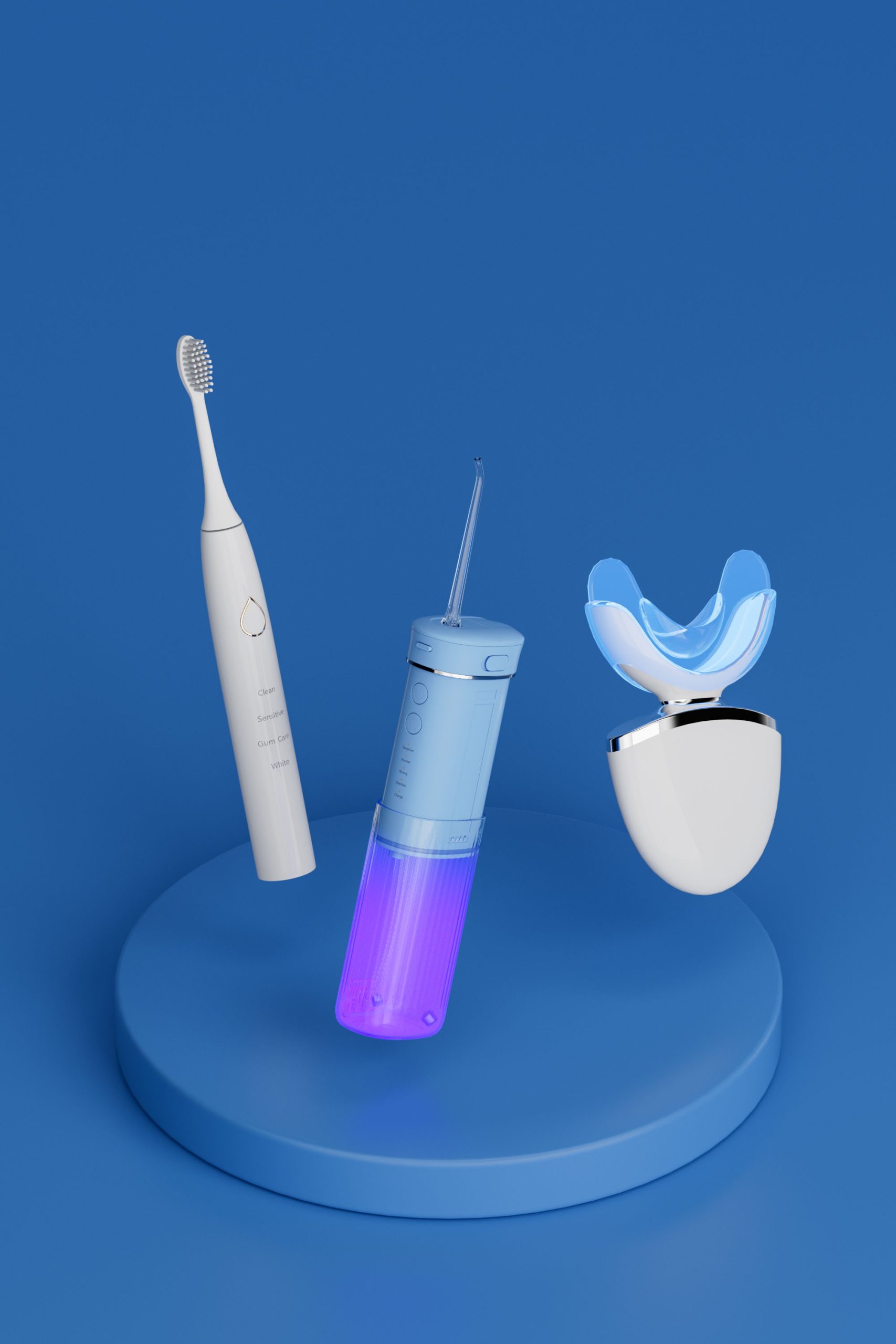
Seeking a Toothbrush Exporter for Toothbrush with Charger Models?
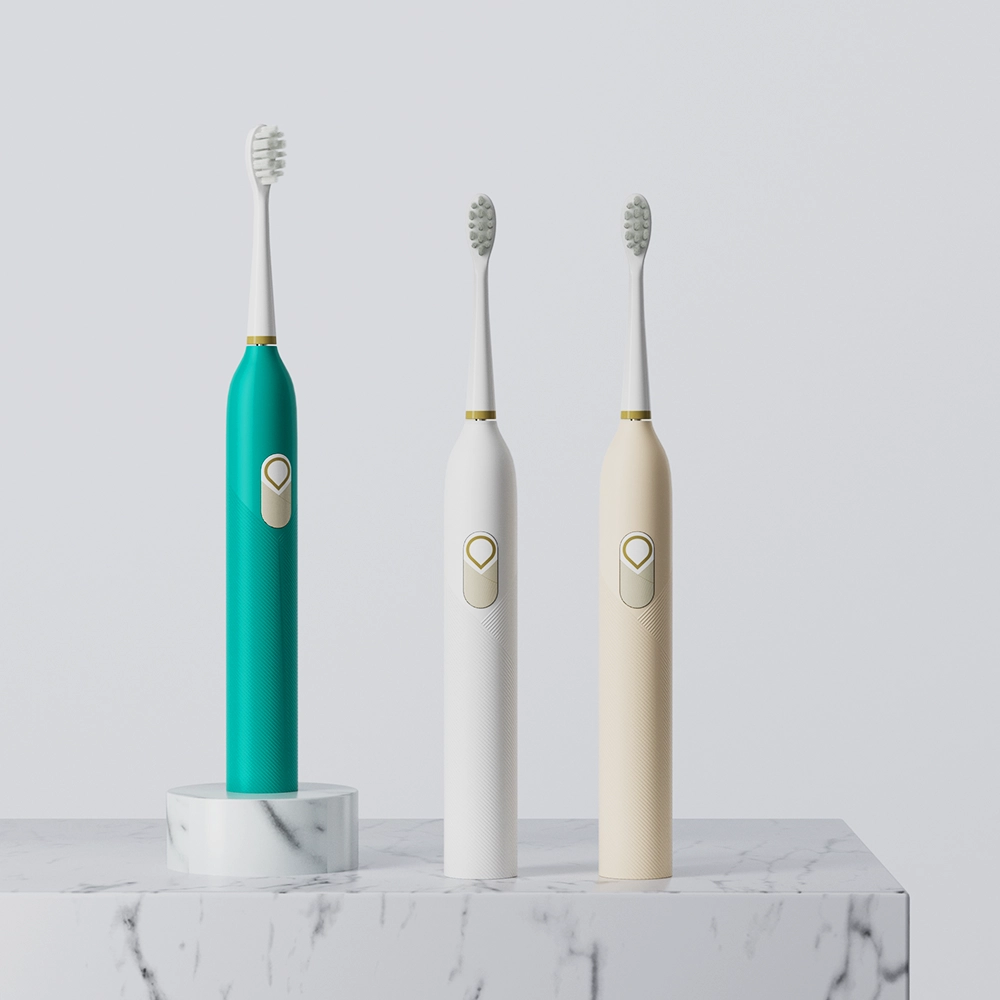
Electric Toothbrush with Bass Brushing Technology – 45-Degree Angle Cleaning

electric toothbrush heads Deep Clean
.jpg)
Florida Electric Toothbrush – Powsmart PTR-C8

electric toothbrush heads Regular Clean

electric toothbrush heads Charcoal Infuse-Round

Private Label Whitening Gel

electric toothbrush heads Ultra Soft

Electric toothbrush heads Charcoal Infused-Diamond

Customization Teeth Whitening Gel
whstapp
whstapp
National Toll-Free Service Hotline
+86 755 86238638